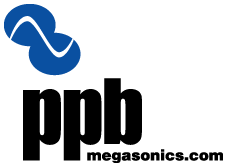
|
|||
|
|
|||
|
Excerpt from our published chapter in the Handbook for Critical Cleaning, 2nd Edition |
|
|
Cavitation Meters - Measurement Principle Ultrasonic cavitation can produce a cavitation noise spectrum including harmonics, sub-harmonics. Further, continuous monitoring of the driving frequency and the relative intensity of ultrasonic cavitation can be acquired by analyzing the cavitation noise. PPB Megasonics (Lake Oswego, Oregon) has developed a method to analyze the cavitation fields and measure the cavitation intensity by separating the acoustic energy intensity at a particular location in the ultrasonic fields into two components: the energy intensity due to the ultrasonic itself and the cavitation activity. The cavitation meter then outputs the RMS of the cavitation energy intensity (units of watts per square inch) and the frequency of the ultrasound. These meters are not hydrophones, which typically filter out the higher frequency cavitation signatures and inherently spatially average compression and rarefaction resulting in what can be misleading data. The cavitation signature is superimposed on the acoustic measure, but has no spacial average component. The acoustic signature, compression and rarefaction, is removed, leaving behind only the cavitation implosion forces. |

|
| Cavitation in Ultrasonic Cleaning and Cell Disruption |

|
|
It is important to quantify the cavitation energy in all applications ranging from ultrasonic cleaners to cell disruptors. A cavitation meter measures the energy intensity and frequency within ultrasonic and single wafer cleaners, including probes with side-mounted sensors that can be placed within the megasonic jet streams, as well as those resembling a beaker to quantify the energy emanating from the ultrasonic horns used for cell disruption and homogenizing. Lawrence Azar (February 2009 issue of Controlled Environments Magazine) |
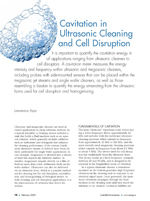
|
| Understanding and Evaluating Ultrasonic and Megasonic Cleaners |

|
|
Achieving perfect uniformity within a bath has been elusive and assuring one is operating between effective levels is critical. Using the cavitation meter as a process control tool will improve both the yield and throughput of the cleaning operations. Lawrence Azar (September/October 2007 issue of Process Cleaning Magazine) |
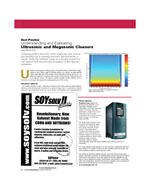
|
|
Since 1996, ppb has been the leader in providing solutions to your Ultrasonic and Megasonic cleaning efficiency concerns. With ever decreasing dimensions or need for quality assurance, the understanding and analysis of your cleaners has never been more critical. Our advanced line of cavitation metrology Our digital hand-held meters allow users to map the in-situ energy distribution, establish tank-to-tank uniformity, and Our probes provide an accurate and repeatable measure that incorporates |
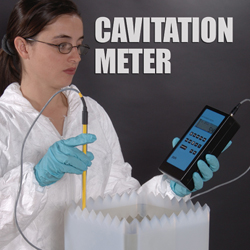
Megasonic Bath 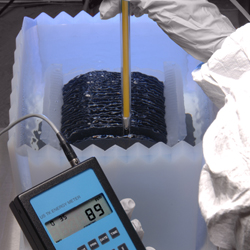
Ultrasonic Bath 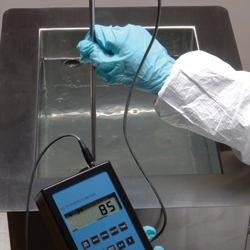
|
|